|
|
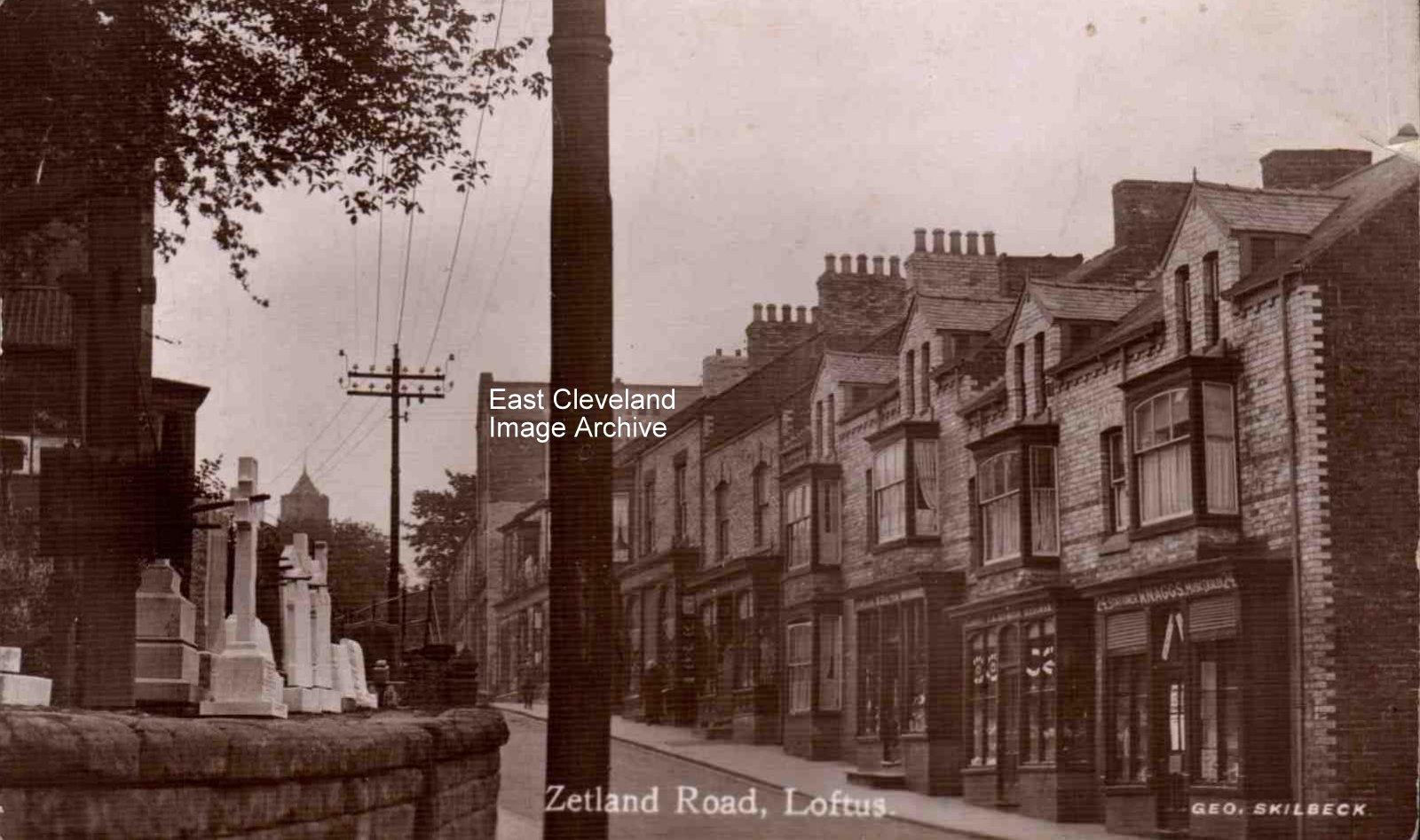
Taken from a George Skilbeck postcard view of Zetland Road, giving an excellent view of both Arrowsmiths memorials on display and the windows of Knaggs shop in the premises in the present day occupied by the Opticians. Can anybody assist with a date for this image?
Image courtesy of John G. Hannah.
This postcard image of ‘Chocolini’s’ corner in modern-day Saltburn is believed to show the Peace Celebrations at the end of the First World War; based upon the variety of flags, Boy Scouts being present and numbers of uniformed persons present. Researches have indicated that the Vicar of Emmanuel Church, Saltburn from 1913 till 1925 was Arch Deacon T. E. Lindsay; from photographic evidence now available to the Archive he would appear to bear a very strong resemblance to the Vicar conducting the proceedings on the corner of Windsor Road and Albion Terrace. Further information having come to the Archive indicates the electrification of the street lights (an incomplete light features in the foreground of the image) was completed by 1919, the Archive now has a postcard dating from September 1920 showing this street light completed. But the Archive would welcome comments, supporting evidence or further information.
Image and information courtesy of Geoff Kitching, additional information courtesy of Emmanuel Church Centenary Magazine 1967.
Eamann O Ruairc tells us: “The man standing in front of it is my grandfather, Michael (Mick) Magee. He began working as a driver, but since he was a very skilled mechanic (he had served his time as a motor mechanic and had spent World War I as a driver in the Army Service Corps on the Western Front) he was soon put to work as a mechanic in the depot in Dormanstown. During his stay in Redcar; Mike became deeply involved in trade unionism and in socialist politics. At some point he became the chauffeur of a Fabian MP. Whether this was a full-time job or a part-time one I do not know. Mike may have worked for the Transport Workers Union and was also very active in the organisation of the 1926 general strike. In 1930 he emigrated to Detroit where he became a key figure in the trade unions in the Ford factories”. Craig White tells us: “Looks like Redcar Lane Cemetery chapel in background , so this would be Thwaites Lane running up to the Racecourse stands”.
Image and information courtesy of Eamann O Ruairc; Eamann is also seeking further information about United Bus Company in Redcar in the early 1920s. Thanks to Craig White for the update regarding location of this image.
A postcard view of the Tivoli Cinema at Carlin How; the day after the fire! It obviously collected a number of sightseers and mostly young people judging by this view of the day after; the Archive has been advised by Bill Kitching “the Tivoli was left derelict after it burned down and was actually still in use before the fire; it was effectively the community centre and had theatre productions as well. He and other kids would later play football in the space it used to occupy. In this photograph there is a small group of three men in the foreground on the left in front of a post. The slightly shorter man on the right with his hand in his pocket is my fathers’ father Joe Kitching who worked at the pit and the man to the left of him with his hands together was a Mr Bayfield who was the horse-keeper at the pit.”
Image and information courtesy of Bill Kitching via Geoff Kitching.
Callum Duff has advised the Archive: “The house in your photograph is in fact, ‘Manesty’ on Marske Mill Lane. Building commenced on this house in 1905 and was originally called ‘The Homestead’ but was damaged by fire during its construction in 1906. Partly rebuilt in 1907 by Cackett and Burns Dick of Newcastle upon Tyne for Major H, R. French. The house was bought in 1919 by a Mr Hutchinson who lived in the adjacent house then called Manesty; he changed name of this house from Homestead to Manesty. ‘Manesty’ is a vernacular revival house of sandstone with ashlar dressing and is one of Saltburn’s listed buildings.”
Image courtesy of Julie Tyrka and many thanks to Callum Duff for the update.
This undated postcard view of what is nowadays called Toll Bar Cottage on Saltburn Lane Lodge on the Skelton side of the Halfpenny Bridge. The booth from which the Gate Keeper collected the toll for crossing the bridge was at the Saltburn side and so must have involved a possibly windy and wet walk to work every day!
Image courtesy of Julie Tyrka.
This Valentine’s Postcard view of the Ship Inn at Saltburn, shows just some of the chalets built around the building during the early 20th century by Robert (Boss) Welch who with his wife Ellen ran the Ship for many years. At that time the Ship had chalets to both the front and rear of the building, the four cottages beyond the Ship are clearly visible.
Image courtesy of Julie Tyrka, information regarding the Ship Inn courtesy of Jean Wiggins “Saltburn-By-The-Sea – The Archive Photographs Series”.

This postcard view from the Phoenix Series (Brittain & Wright of Stockton) shows the High Street, Brotton and the Roman Catholic Church of St Anthony of Padua, to give it the full and correct title; dates from 1915. Described as ” a modest structure built at the start of the 20th century. The exterior is plain and simple and has not been enhanced by the rebuilding and enlargement of the western porch. The chief interest lies inside in what is a very elaborate decorative scheme for a small wayside church. The church was built in 1905 (foundation stone was laid on 16th August) to serve the local Catholic community and was officially opened in 1907. The decoration of the ceiling panels was carried out by a Belgian painter Felix Beryngier and his workmen, probably brought across by the first parish priest, Father Gryspeert, one of many French and Belgian priests who sought sanctuary in England in the wake of early 20th century anti-clerical legislation. According to Minskip, the paintings in the sanctuary and on the chancel arch were added later, possibly during the time of Father Patrick Macken (1916-27). The church was enlarged slightly in 1979 with the rebuilding of the western porch.”
Image courtesy of Julie Tyrka, additional information courtesy of “Taking Stock – Catholic Churches of England and Wales”
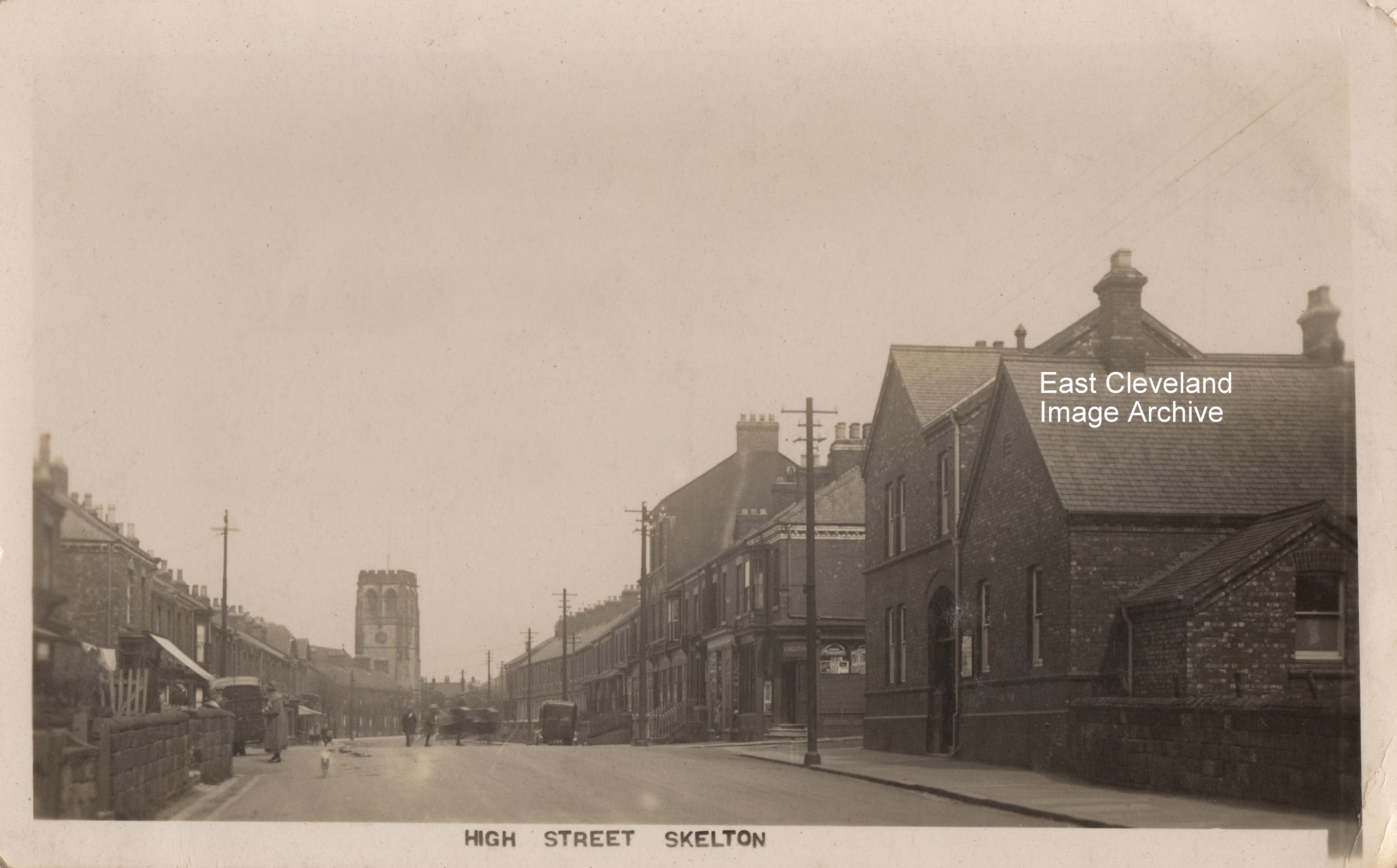
Originally known as the Skelton Literary Institute, this building stood on the corner across from what used to be Kingston’s Chemists and is the area currently being refurbished from the rough car park that has occupied the site for many years. Opened on 4th November 1899; Bill Danby in ‘History of Skelton In Cleveland’ tells us: “The £2,000 cost was paid for by the Wharton’s of Skelton Castle.”; as well as much interesting information about the management committee and the control of the building. Peter Appleton has advised: “The building was actually demolished in January 1994.” Judy Last tells us: “My grandfather, Albert Tuck, was Postmaster and ran the General Stores in Vaughan Street, North Skelton in the late 1890s after taking over the family business from his father, Edwin Tuck (who had been running the Grocers shop in Boosbeck since the late 1870s). At one time Albert was in partnership with his brother-in-law, John Thompson and the Stores was called Tuck & Thompson at that time. My father, Alexander Tuck, who was born above the Stores in 1897 often told me of watching the Magic Lantern slide shows at I believe the Institute in Skelton, and I would think that the Literary Institute would be the place he was talking about.”
Image courtesy of Julie Tyrka, additional information courtesy of Bill Danby and the Skelton In History Website. Thanks to Peter Appleton for the correct demolition date and to Judy Last for her update.
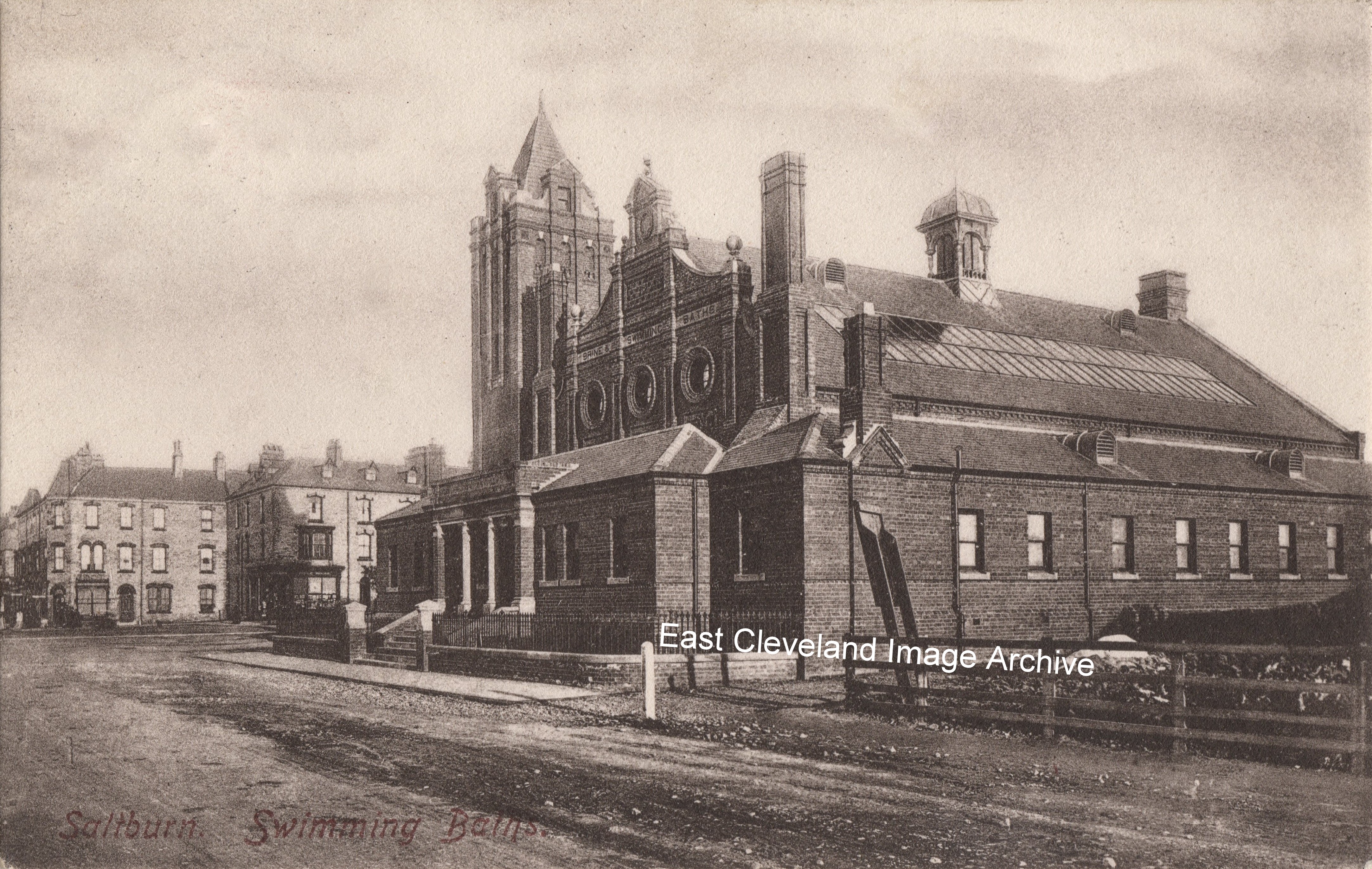
A Friths postcard view of the original Victorian Baths beside the Square in Saltburn; opened officially by Arthur Pease Esq., on Monday 11th May 1891. The building faced (across Dundas Street West) towards the railway station, featured a central swimming pool which was filled with seawater from an inlet offshore close to the pier. The extensive facilities included; massage facilities, private brine, douche, and electric baths. The baths were demolished in July 1976 by Blair and Co. of Stockton and the present day swimming pool is part of the Leisure Centre on Marske Mill Lane. Callum Duff tells us: ”In relation to swimming pool facilities in the town, Saltburn Leisure Centre was never seen as a replacement for the demolished Brine Baths. The baths had been damaged by a bomb in WWII, this also destroyed a row of adjacent shops and the baths had been closed for some time before they were bought by Keith Watson in 1956. The building remained empty and was heavily vandalised until the site was bought by Tarmac Ltd in 1976 when the baths building demolished. Saltburn Leisure Centre actually opened in 1974 with the building being finally completed in 1975. As a young boy I remember visiting the soon to be opened building with my parents. Once during the day with my Mum where we stood in the cafe and watched the 25 metre pool being filled (perhaps for the first time) and another time with my Dad, Grandad and Brother where we had a look at the indoor bowling green and squash courts. I remember being in the 25 metre pool and looking out through the window to see workmen cladding the rest of the roof.” Richard Gowing has written: “I remember while a pupil at Glenhow learning to swim in this saltwater pool circa 1947 then it closed and we had to go to the baths at Redcar.”
Image courtesy of Julie Tyrka and additional information courtesy of ’Saltburn-By-The-Sea Revisited’; thanks also to Callum Duff for the additional information. Also Richard Gowing for his update.
|
|

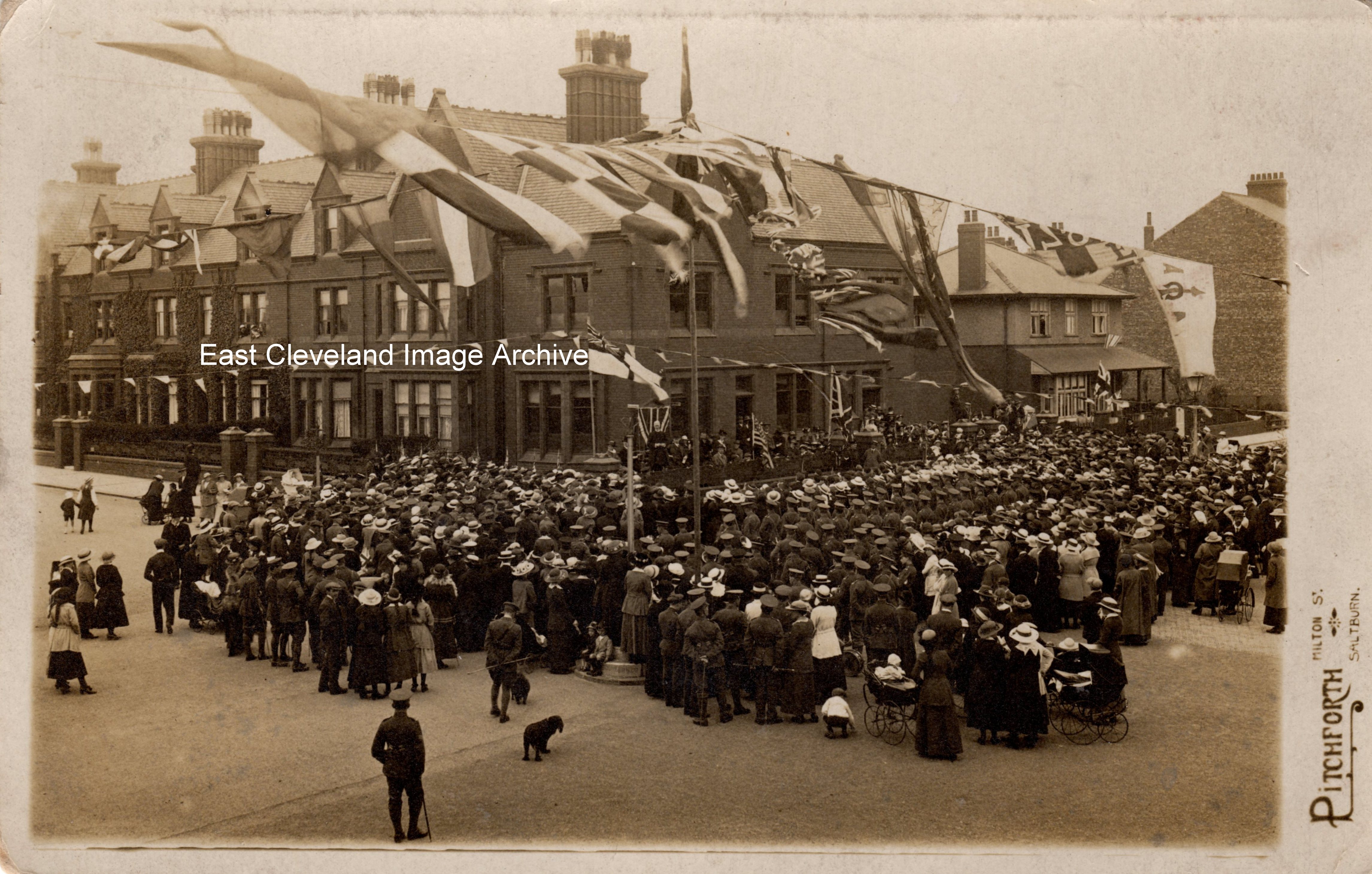
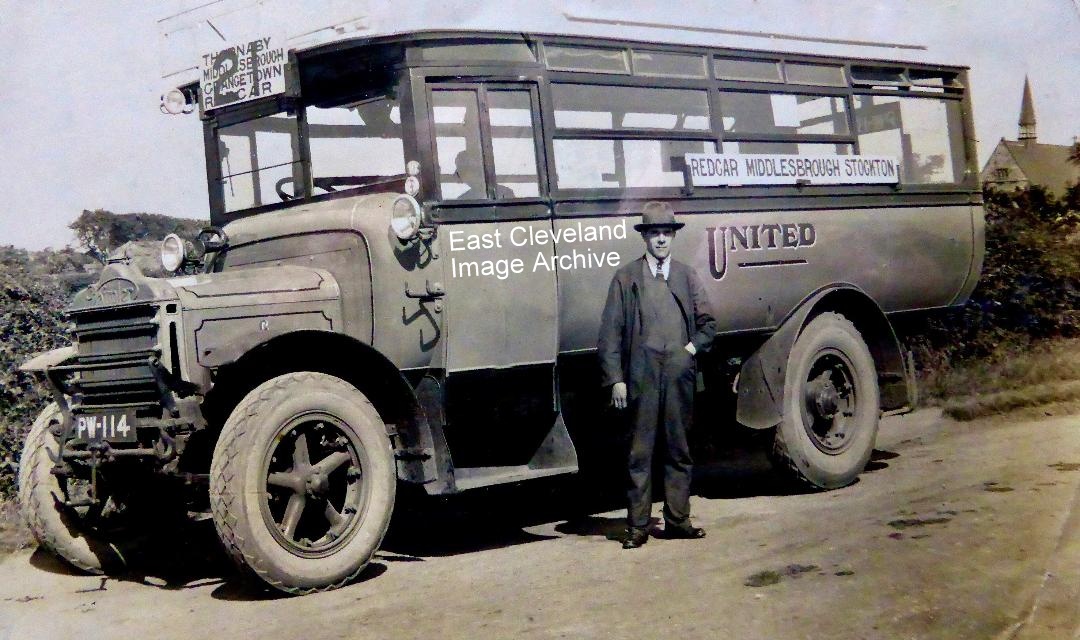
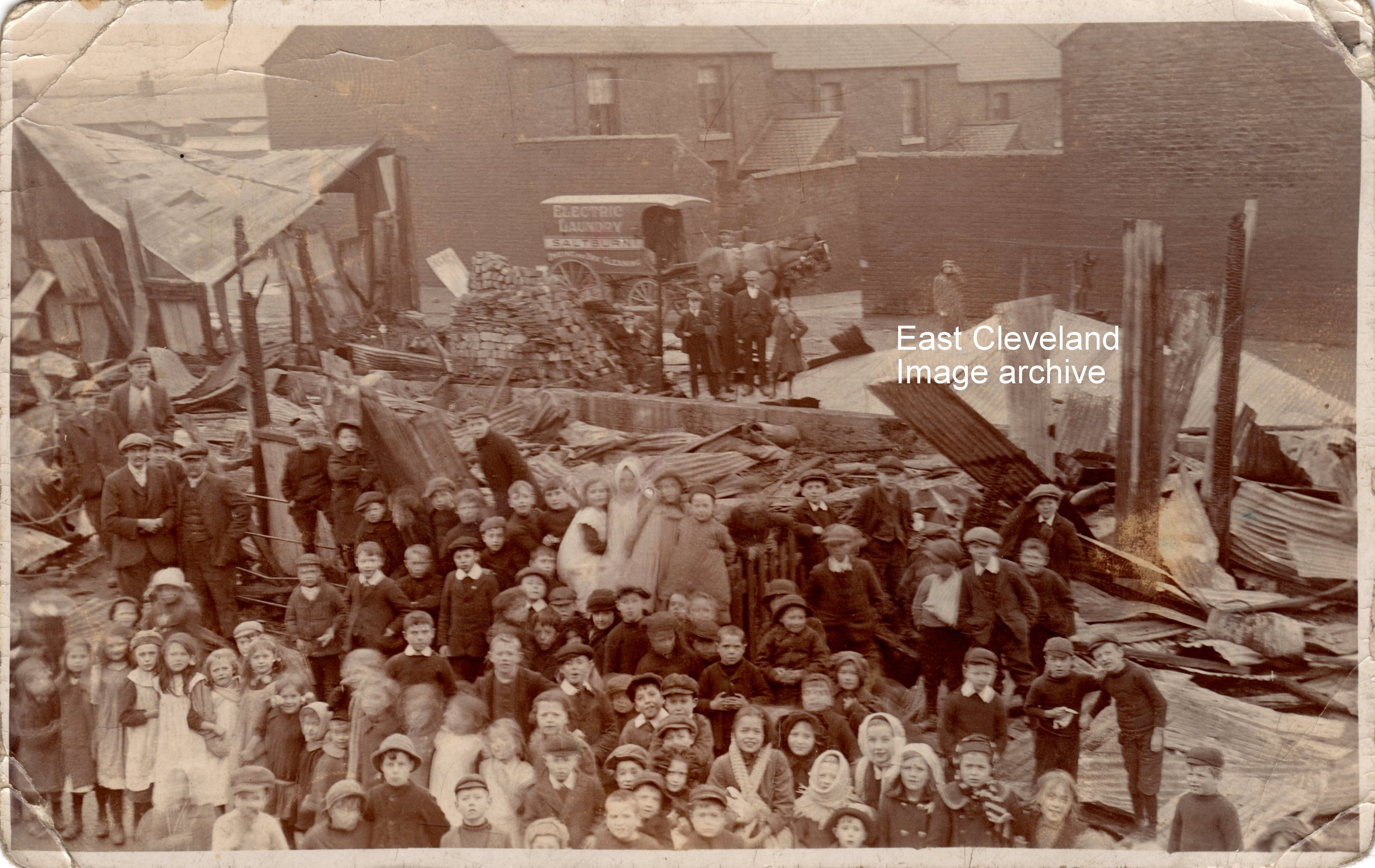
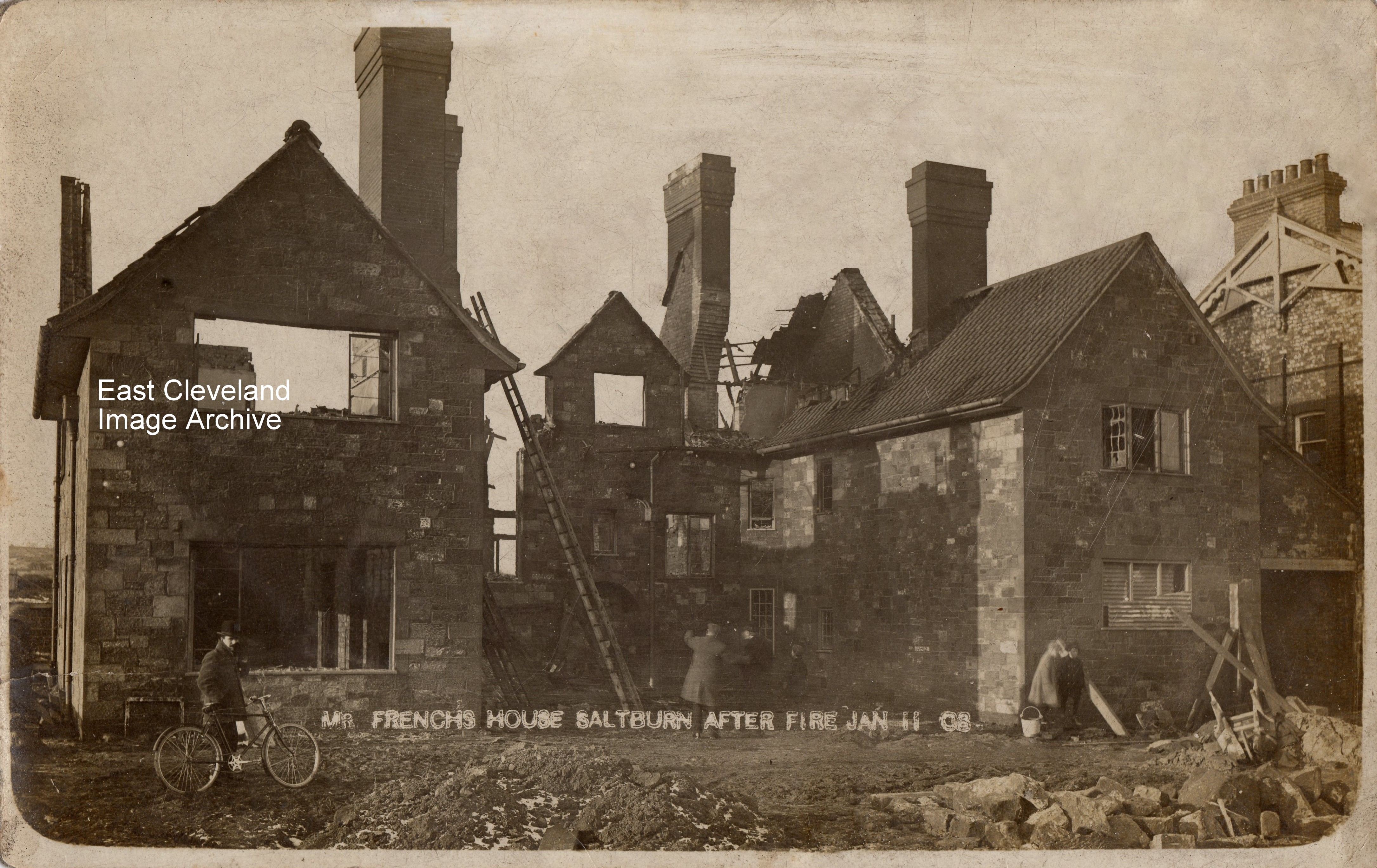
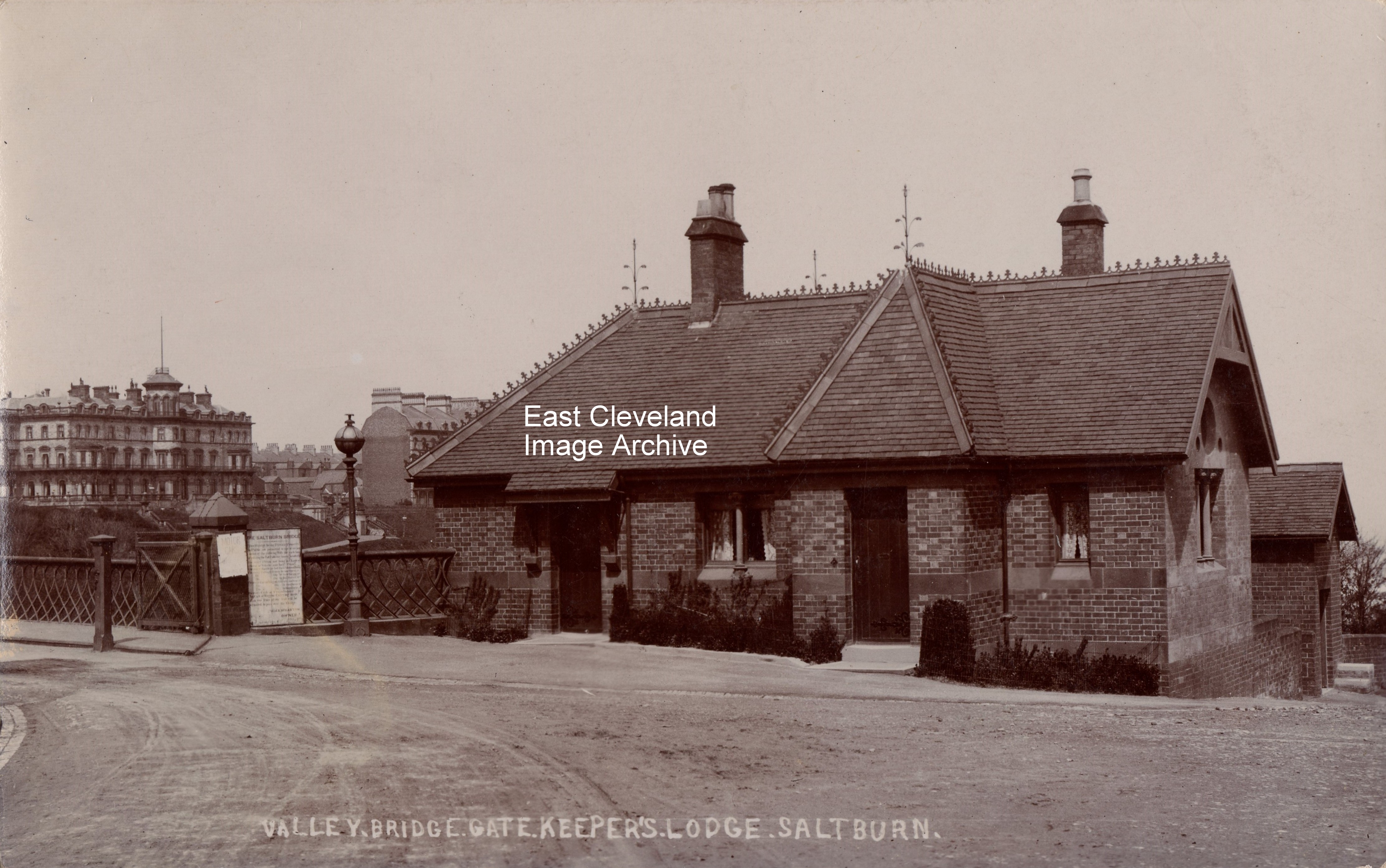
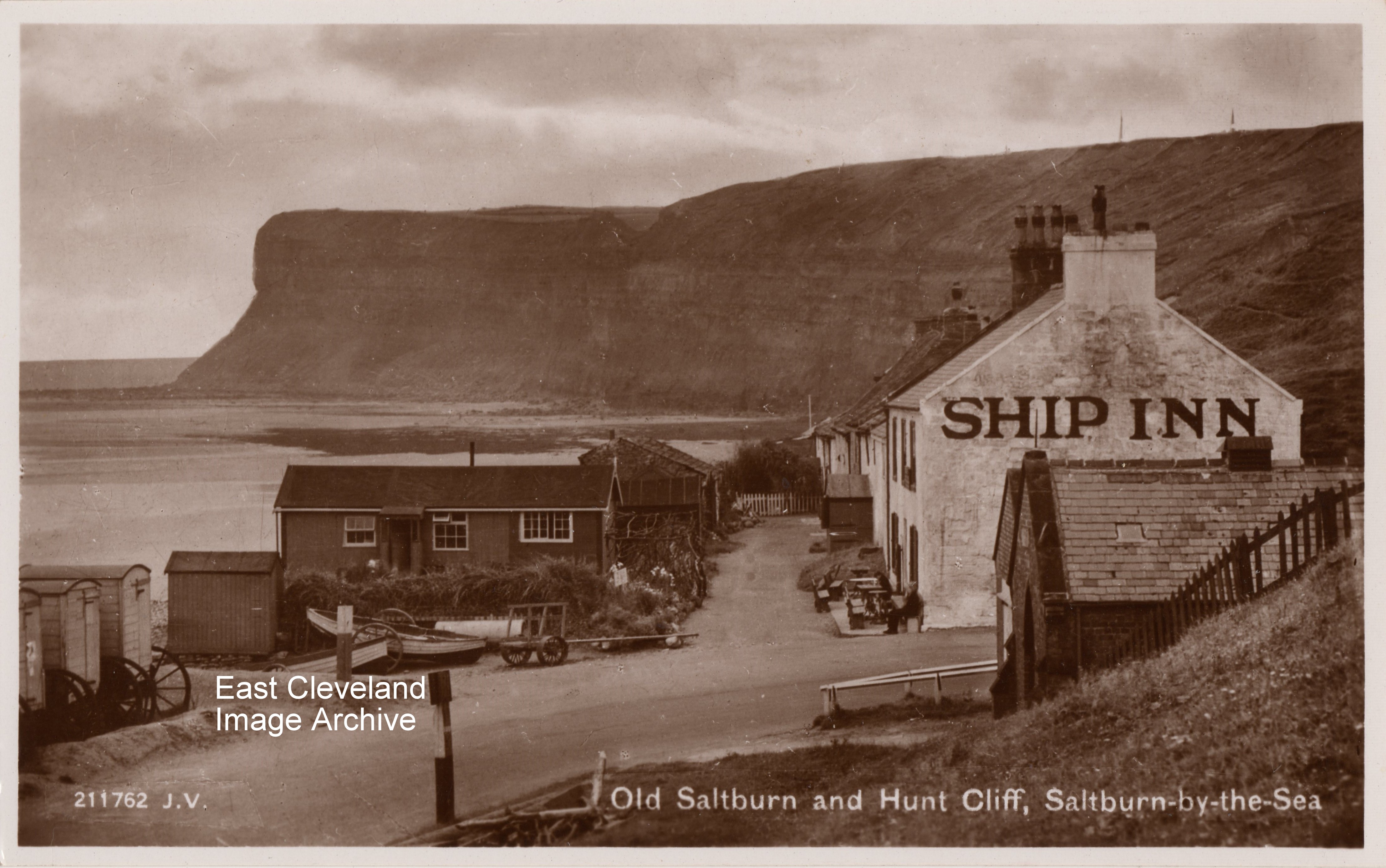



Recent Comments